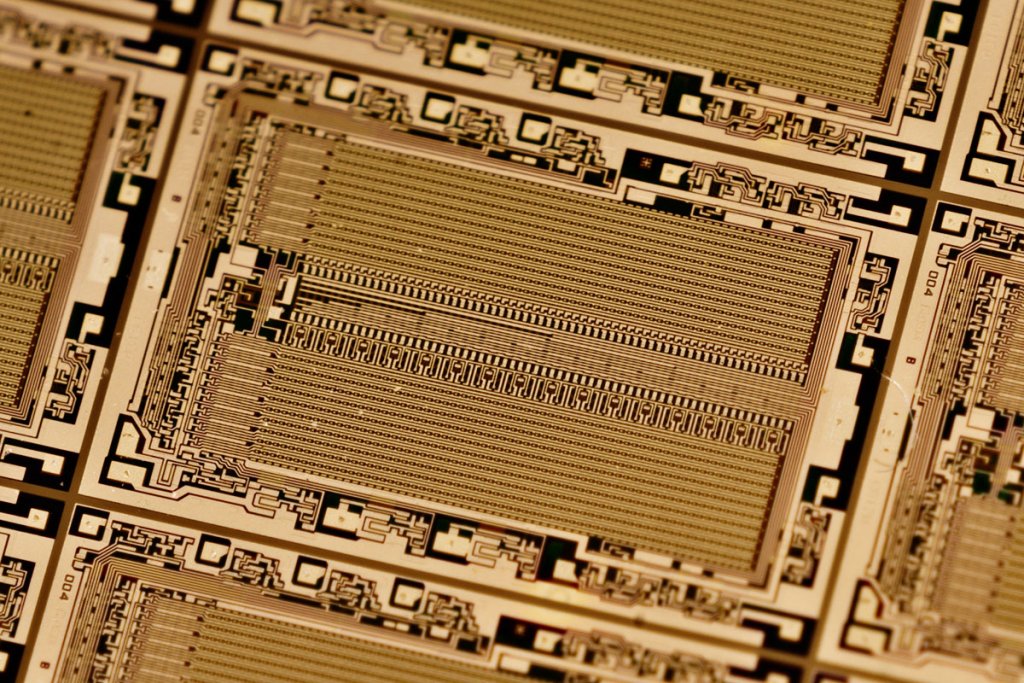 Originally posted by Caeleni
Originally posted by Caeleni 
Is an aperture ring something i get apart?that fotodiox adapter is practically an aperture ring,right??
The Fotodiox adapter is basically a substitute aperture ring, yes. An aperture ring without numbers. There's no indication of what the aperture you've selected actually
is, but I usually set it somewhere in the middle; not wide open, and not completely closed down. Starting out with something jamming the aperture lever works fine. Not as much fine tuning or control, not as neat and tidy, no points for style, but it gets the job done.
At higher magnifications, the
nominal aperture of the lens (f8, let's say) is no longer the actual aperture. The
effective aperture is going to be much smaller as magnification goes up, resulting in loss of sharpness through diffraction. This happens whether you're doing macro with a reversed lens, extension tubes or an honest-to-goodness macro lens connected directly to the camera. I'm not familiar with the math behind the calculations that will show you what your EA is, I just know it's something to watch out for, just like the reduction in DOF at increasing magnification. The bottom line is "there's no free lunch." With macro photography, there's always going to be a price to pay with increasing magnification, in light, in sharpness, in DOF.


 Similar Threads
Similar Threads 







 . They will be available at other sellers (ebay, amazon, etc), so you might want to shop around for price.
. They will be available at other sellers (ebay, amazon, etc), so you might want to shop around for price.













